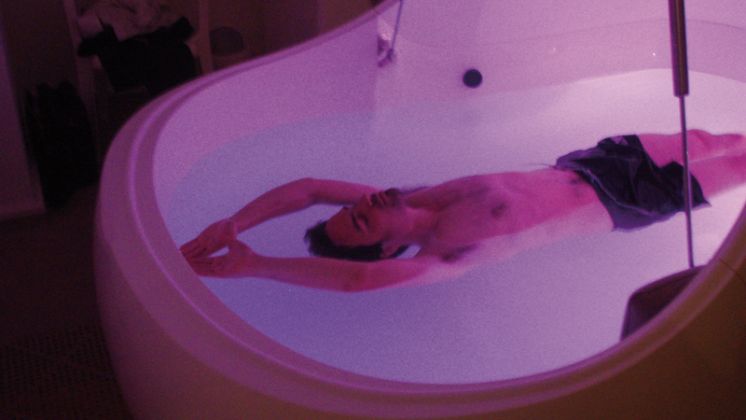Sports recovery
If you’re serious about fitness, recovery is as important as exercise. Jon Lipsey tries three methods

I’ve never had a problem with completing workouts – it’s the recovery that I’m no good at. That’s why, this week, I hobbled off to try some new recovery strategies.
The treatment: i-sopod floatation tank
How it works: This relaxation therapy, offered by Floatworks in London, involves clambering into what looks like a cloning tank from a sci-fi film. But rather than DNA-sequencing goop, it’s filled with water containing 500kg of salts that allow you to float on the surface. With the weight off your joints and gravity tamed, your blood pressure and oxygen intake drop while your blood flow increases. This, according to the makers, flushes out lactate and reduces levels of the stress hormone cortisol. England footballer Wayne Rooney has one in his house and British triple jumper Phillips Idowu is a fan.
Pre-treatment training: To make sure I gave my body a suitable battering, I did a gym workout involving my new favourite chest exercise – gym ball press-ups holding a Smith machine bar.
The verdict: Once you close the lid and turn off the light, you feel like you’re floating in a watery tomb. Scary as that sounds, the i-sopod actually gives you a mentally and physically calming effect as you slosh gently back and forth. It doesn’t completely get rid of muscle soreness but my pain did ease a bit and I felt relaxed.
i-sopod sessions cost £40 for an hour at Floatworks, or you can buy one for your home for a mere £15,500.
The treatment: Ice bandage
How it works: When wrap the bandage around the sore body part, it cools the area for up to two hours. That prevents blood from gathering around the injury and reduces swelling.
Pre-treatment training: I thought a 19km run would leave me with a bit of muscle soreness. Luckily for the test, but not so luckily for me, I ended up with quite a lot of pain in the tendons above my left ankle. On went the bandage.
The verdict: After a few minutes it feels like you’ve shoved your foot in a fridge. I only kept it on for half an hour but that did give me some temporary pain relief. Whether it had a more significant effect is hard to tell in such an unscientific test but it’s worth keeping one in your sports bag.
Ice bandages are available for £3.91.
The treatment: Cherries
How it works: The stony fruit contains high levels of antioxidants called anthocyanins, a natural anti-inflammatory that can reduce exercise-induced muscle soreness, according to a new report from Oregon Health & Science University in the US.
Pre-treatment training: I decided to do the Men’s Fitness FitBrit Challenge, an eight-station gym challenge.
The verdict: It’s a bit hard to say whether they had any effect, but they tasted very nice.
Cherries cost around £3 a bag from your local supermarket or greengrocer.
Get the Coach Newsletter
Sign up for workout ideas, training advice, reviews of the latest gear and more.
Coach is a health and fitness title. This byline is used for posting sponsored content, book extracts and the like. It is also used as a placeholder for articles published a long time ago when the original author is unclear. You can find out more about this publication and find the contact details of the editorial team on the About Us page.

